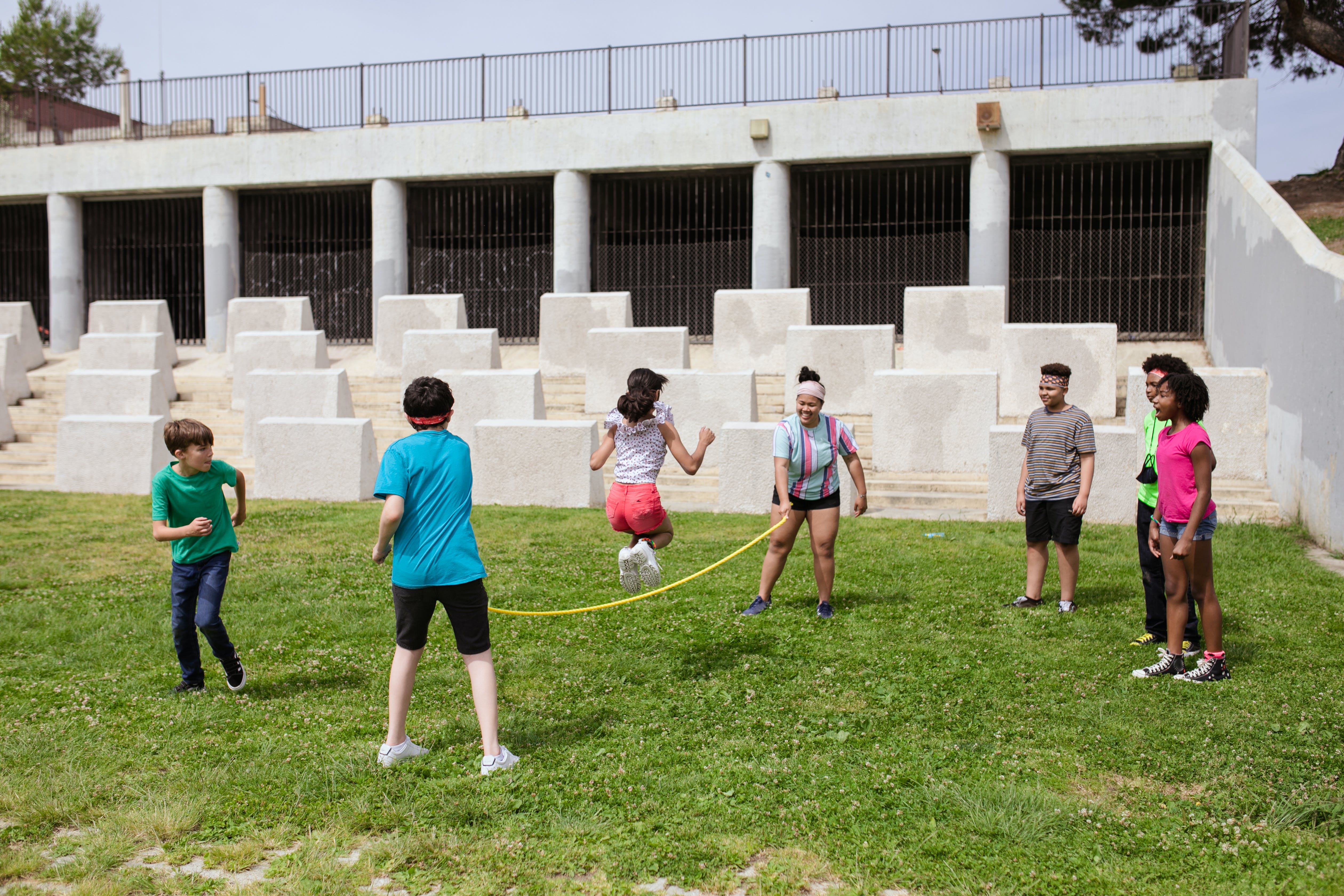Let your community tell its own story. How to offer community-based programming.

Like people, every community is different, and people are attracted there for various reasons. Maybe one religion is more robust there, maybe your community is more culturally diverse than your last, or maybe your population is older. Every community has a heartbeat and a brain of its own. That is why it is essential to consider the community you serve when offering programs.
You did it, got a new job, and have many ideas about what you can do for this new community. You may have experience working with another agency. You offered baby goat yoga there; you have a great contact and want to bring it to your new position. You start to offer it, you might promote it, and no one is signing up. Why? The answer is simple: you assumed your new community is just like your old one. I mean, who doesn’t love baby goat yoga????
The best way to start is to enter the process of creating a program plan. This is an opportunity to let the community tell the story so you can complement it with programming. Use information like demographics, needs assessments, and popup community engagement events to lead the conversation. Use community feedback along the way to adapt to your community needs as they change. This process will allow you to serve your community better.
While creating a program plan has many steps, here is how to start.
- Get to know your community:
- Be familiar with demographics like age, religion, race, gender, family dynamics, and socioeconomic information.
- Talk to residents, elected officials, and township staff to get the temperature of the township.
- If you are working on a particular project, consider doing a formal community needs assessment survey relating to whatever you are working on.
- Study programming opportunities and gaps:
- Determine what you are already offering.
- Create a community inventory of programs offered by private and nonprofit organizations within your service area.
- Use this information to identify your underserved populations and gaps within your programming.
- Identify a Program Planning Model and Framework specific to your community.
- What have you identified as important to your community?
- Where are your gaps?
- Set smart goals.
- Determine how you will evaluate your outcomes.
- How do you determine if your programs are successful?
- This will require a combination of program satisfaction surveys and attendance.
- Put it in writing:
- We all know that when things are in writing, you are more likely to find success. This practice will give you a tool for all future programs and something to reference when discussing programs with residents and potential new vendors.
Lower Makefield Township entered this process to prepare for the Commission for Accreditation of Parks and Recreation Agencies (CAPRA) Accreditation. This is a mandatory requirement for accreditation. For accreditation, all the following elements are required:
Standard 6.1: “Leisure and recreation are integral to a community’s social, cultural, and economic development. The agency shall have a Recreation Program Plan (RPP) covering 2-3 years that is updated periodically and shall address all leisure and recreation programs and services. Show the agency’s program planning model, services management matrix, orientation to those served, including activity development and selection, type and scope of programs and outreach initiatives, and an organizational chart.”
While it may seem like a daunting task to create this plan, it is essential to consider the benefits. Lower Makefield has specifically seen:
- We have a way to determine if a program will be successful in advance or if it meets a community need.
- Increases in participation.
- Programs often fill as soon as they are marketed.
- Clarity in communication with the community about goals and objectives related to programming.
- We can adapt programming or time if a program is less successful.
- We have a way to say no if a program does not meet our community needs based on our determinant’s tools.
Lower Makefield Township Program Plan
The image displayed is an interactive Art in the Park Program. We identified a need for more arts and culture in Lower Makefield Township, so we brought 10 sculptures from Seward Johnson Atelier and had them placed within our parks. One of our identified underserved populations is our Tweens so we hosted an ultimate frisbee demonstration near one of the sculptures. Each sculpture had activities that highlights diversity in recreation. Can you see the sculpture in this picture?
